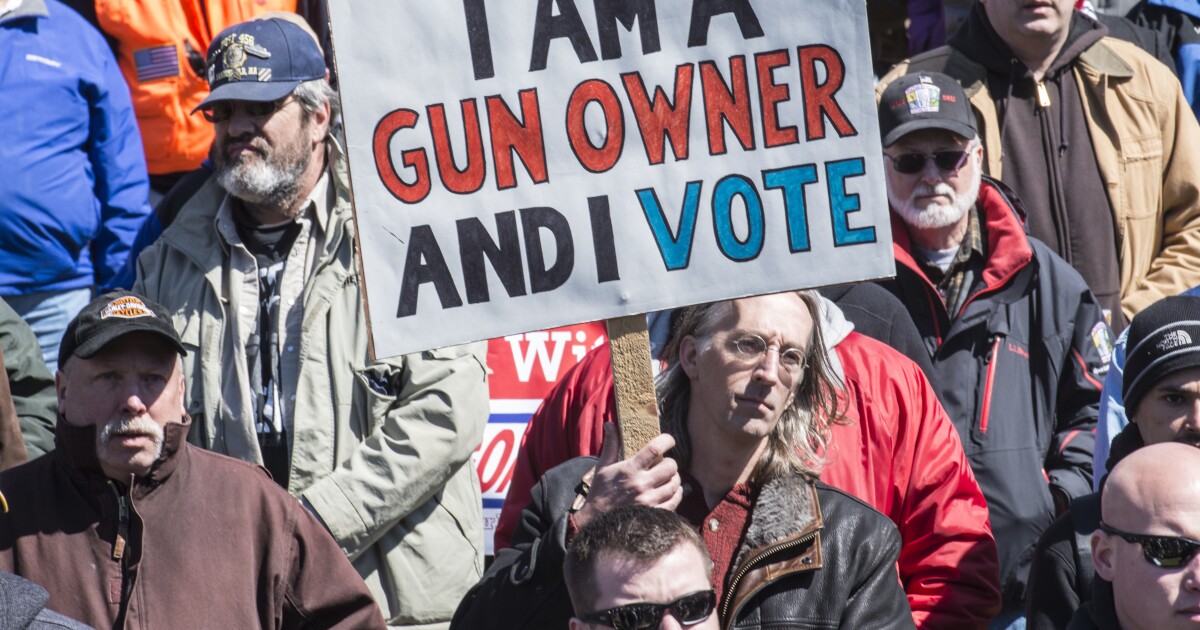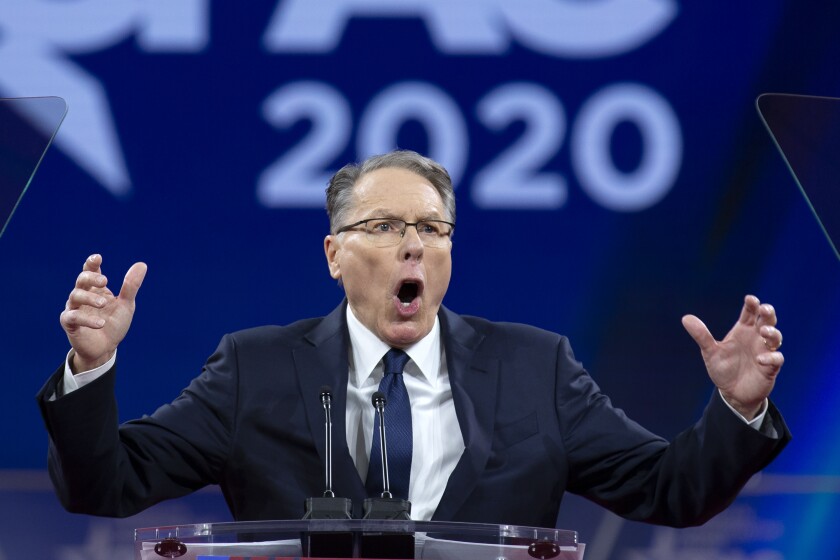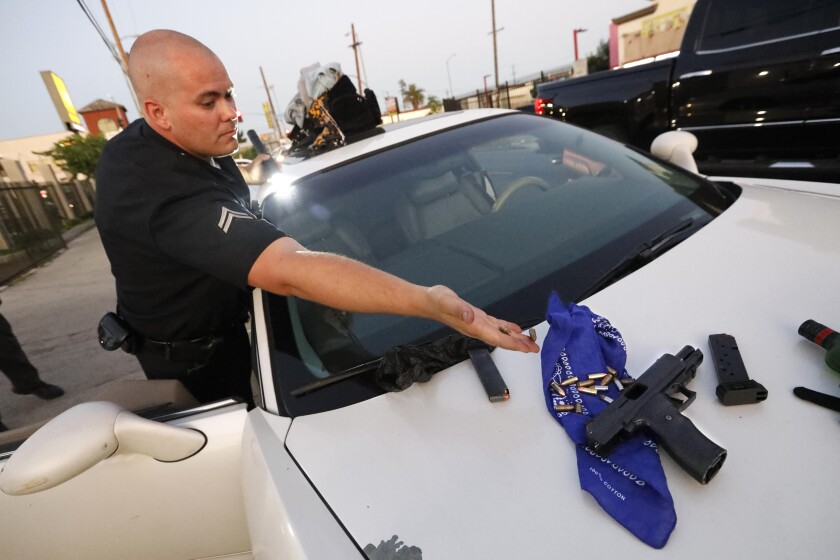On Aug. 6, 2020, following numerous scandals at the National Rifle Assn., New York Atty. Gen. Letitia James filed a lawsuit seeking to shut down the group. In the suit, James accused Wayne LaPierre, the NRA’s chief executive, and a number of senior officials, as well as the organization itself, of contributing to the loss of more than $64 million over three years. Detailed allegations of financial misconduct, self-dealing and lavish spending pepper the 169-page complaint.
These public reports have led to a revolt among some NRA members and protests from a number of the organization’s own directors. Even before the lawsuit was filed, the NRA was having problems, with fundraising revenue plummeting 21% from 2016 to 2019, according to internal documents obtained by Bloomberg.
And because the NRA is a nonprofit originally incorporated in New York, James’ lawsuit carries a serious risk of shuttering the powerful gun rights group. These challenges all combine to create the greatest existential threat to the NRA since its founding 150 years ago and leave the organization in its weakest position in decades.
So, what would happen if James succeeds and the NRA disappears?
Even if the NRA survives New York’s lawsuit, dethroning its CEO and heaping it with humiliation and penalties will be a victory.
Some make the mistake of thinking the NRA derives its power from money, or exists largely as the voice of firearms manufacturers. But the group’s real political sway comes by way of its millions of members, whom it efficiently mobilizes against gun control legislation.
In recent decades, the NRA has been effective in framing the 2nd Amendment as a cultural issue — and then arguing that it is the only group able to thwart the challenges to its members’ way of life. It has used this perceived threat to galvanize its base repeatedly.
What many lawmakers most fear is gun rights advocates lighting up their switchboards and flooding their inboxes, something that happened during the last major push for gun control legislation — the Manchin-Toomey proposal in 2013, introduced in the wake of the mass shooting at Sandy Hook Elementary.
The NRA had taken part in negotiations on that measure, which would have required background checks on all commercial sales of guns. It had won numerous concessions that watered down the legislation. Yet, without warning, the organization decided to oppose the effort, and its members eagerly took up the call to scuttle the measure.
The political power of its 4.9 million members has allowed the NRA to dramatically change the landscape of gun policy over the last quarter-century. In 1986, the number of states that allowed the concealed carrying of firearms was just nine. Now all 50 states allow it in some form. A case the Supreme Court heard on Wednesday, New York State Rifle & Pistol Assn. vs. Bruen, deals with the question of how far a state could go in limiting concealed-carry licenses without violating the 2nd Amendment. Most observers believe the court will strike down New York’s strict law.
A rare occurrence on the Supreme Court’s docket shows that some of the conservative justices may be searching for middle ground on gun control.
Even without the NRA leading the anti-regulation battle, the gun rights faction can propel itself as a political movement. There is still little to no hope of passing federal gun control legislation, despite Democratic control of Congress and the White House.
This is because the implicit threat of opposition by NRA supporters and others influenced by the group is a serious disincentive for Republican lawmakers to approve gun control legislation. Those voters can make their voices heard without having the NRA to mobilize them. Even if the New York attorney general is successful in shutting down the organization, the movement built over decades can go on.
Corruption and financial mismanagement have threatened the NRA’s stability — in fact, its very existence. But the whole situation could be turned around with new management and a different organizational structure. After all, the NRA’s core strength — the ideological fervor of millions of members — isn’t likely to be diminished, no matter what happens in court.
Tim Mak is NPR’s Washington investigative correspondent. His book “Misfire: Inside the Downfall of the NRA” was published Nov. 2.



